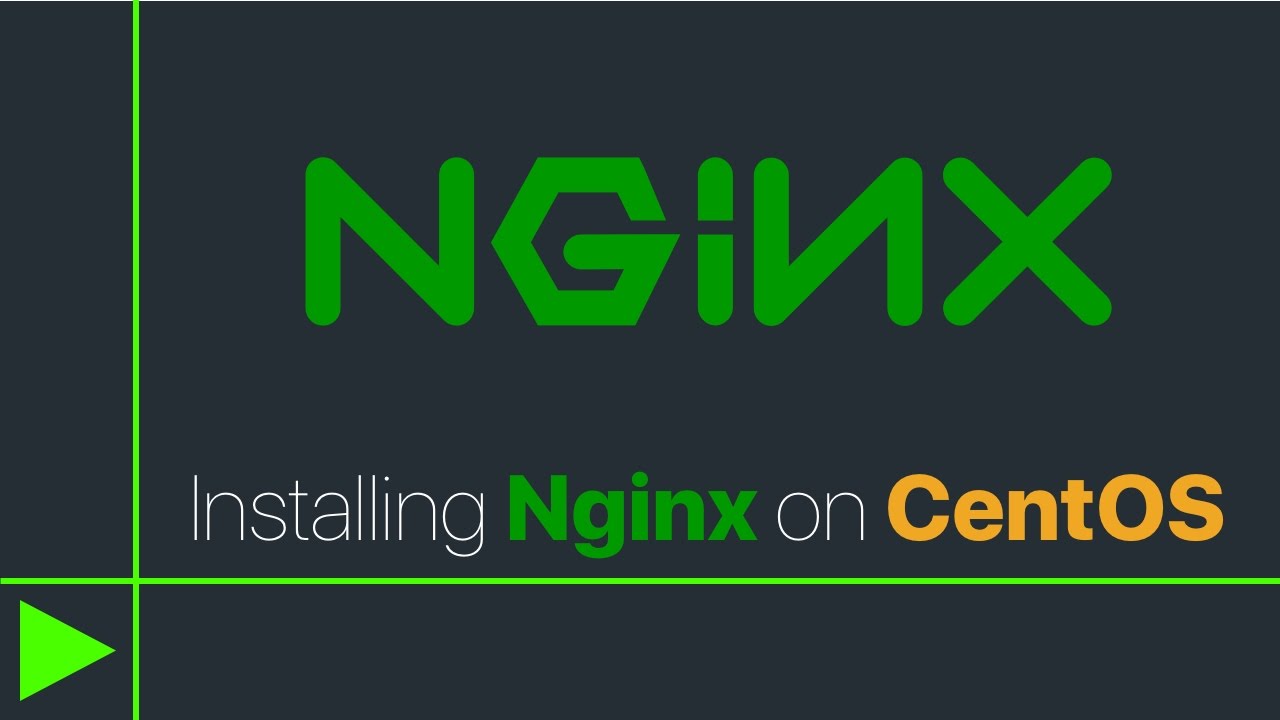

Usage statistics show that when it comes to web hosting servers, it’s the second most popular Linux distribution, only surpassed by Ubuntu, a distro that is well-known for its user-friendliness.


It’s fair to say that CentOS has made a bit of a name for itself over the last 16 years. Since RHEL is open source, the company doesn’t mind having it used as a base for the continuous development of CentOS. The only thing Red Hat has committed to is to help with the governing of the project. The distribution is still worked on by a community of developers and experts, and technical support is still available only through message boards and chat rooms. This doesn’t mean that Red Hat is the entity developing CentOS, though. It’s based on a commercial product called Red Hat Enterprise Linux (RHEL), and a few years ago, Red Hat, Inc., the company selling RHEL, announced that it had acquired the CentOS trademark. What is CentOS?ĬentOS is a free, open-source Linux distribution that was first released in 2004. Today, we’ll have a look at what new features it brought, and we’ll figure out how they can help with your website’s reliable and stable performance. Last but not least, there’s an operating system without which the server wouldn’t be able to work at all.ĬentOS is a popular operating system installed on servers all over the world, and the latest major release, CentOS 8, came out in September 2019. You still have the hardware components responsible for completing all the complex tasks, and you still have a storage device that records all the information.


 0 kommentar(er)
0 kommentar(er)
